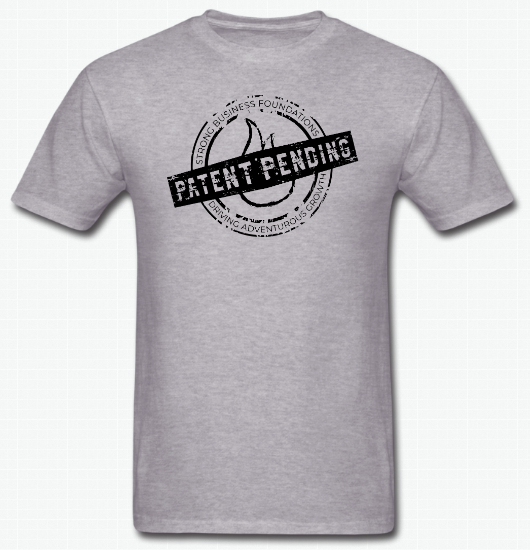When is a Registered Design the best fit to protect your product? Well, let’s look at these 3 scenarios:
- If a product is not novel and inventive but still new
- When you’ve disclosed your product to the public
- As an add-on to a Patent
We’ll also touch on some interesting strategies to consider when registering your Design.
If you want to start by learning more about the basic concepts of a Registered Design, watch this video or read the blog.
Want more information on Design Registration?
Ready to start the process?
Read More About Our Registered Design Service
A Registered Design protects the visual aspects of a product – the shape, pattern, configuration, and/or ornamentation. So it protects you from someone else manufacturing or selling an exact copy of your product.
A Patent, on the other hand, protects the underlying novel idea of your product to protect you from someone else copying your novel idea, even if their product does not look the same as yours.
A Registered Design thus provides narrower protection compared to a Patent, but the Design still has its place.
When is a Registered Design the correct mechanism to protect your Intellectual Property?
1. If a product is not novel and inventive, but still new
In order to Patent an invention, it needs to be novel and inventive.
Per definition, the word ‘new’ is a simple word meaning not old. For example, if you buy a new car, that car is new and different from other cars made before it, but it’s still a car. For something to be considered novel, it needs to be original, or fresh, or unique. It must be something that hasn’t been seen or used or even thought of before.
The other Patent requirement, inventiveness, means that a person skilled in the field of the invention must not think that what your invention is bringing to the market is obvious.
So if the product is not novel and inventive, a Patent is out. However, registering a Design could still provide protection if it’s an article and it’s new.
2. When you’ve disclosed your product to the public
If you have already started selling or marketing your product on a website or social media, for example, you can’t register a Patent. This is because you’ve destroyed the novelty of your invention. You can, however, still register a Design.
The Designs Act provides for a six-month grace period. So, if you can file a Registered Design within six months of releasing your product to the public, you can still obtain protection.
In that scenario, we need to move fast. We need to file the client’s design application quickly before that grace period runs out. You only have one opportunity to protect your product.
Remember that there are risks involved in using this grace period. The first risk is that someone else can file a similar product just before you file yours. Also, certain countries do not recognize this grace period.
3. Register a Design as a great add-on to a Patent
If a product is novel and inventive, we can file a Patent. Plus we would typically recommend filing a Design as well.
If we are dealing with a product, to enforce Design protection is a much simpler process than enforcing Patent protection. It’s a more black-and-white concept. If someone were to blatantly copy your product, it’s easier to enforce Design protection because it’s a simpler procedure. And this means it’s less time-consuming and less costly to the client.
So not only would you save money when taking on a copycat, but as an add-on to a Patent, we would register that design at half price!
Filing more than one type of Registered Design
Another product protection strategy is to file more than one type of design – an aesthetic and a functional design. Designs can also be filed in more than one class.
Functional and Aesthetic Designs
- A Functional Design is judged solely by its function. It looks a specific way because of its function.
- An Aesthetic Design is judged solely by the eye. A customer would buy it because it looks good.
Why would you file both a Functional and an Aesthetic Design for the same product?
Sometimes a product not only has a function but is also appealing to the eye. As a strategy, you could file an aesthetic and a functional design. Because a functional design only provides 10 years of protection while an aesthetic design provides 15 years. If possible, you should always try to file the combination because that would give you an extra five years of protection.
Conclusion
If you want to protect your product but it’s not novel and inventive (but still new), or you’ve already disclosed your product to the public, a Registered Design could be the solution. Also, if it’s an article, consider a Registered Design as an add-on to Patent registration.
To purchase a Tokkie, as featured in the video above: info@tokkie.co.za
To purchase a Pizza Peel, as featured in the video above: 082 308 8282 | alfornocapetown@gmail.com
Want more information on Design Registration?
Ready to start the process?
Read More About Our Registered Design Service
Interested in our Entrepreneurs Apparel?





